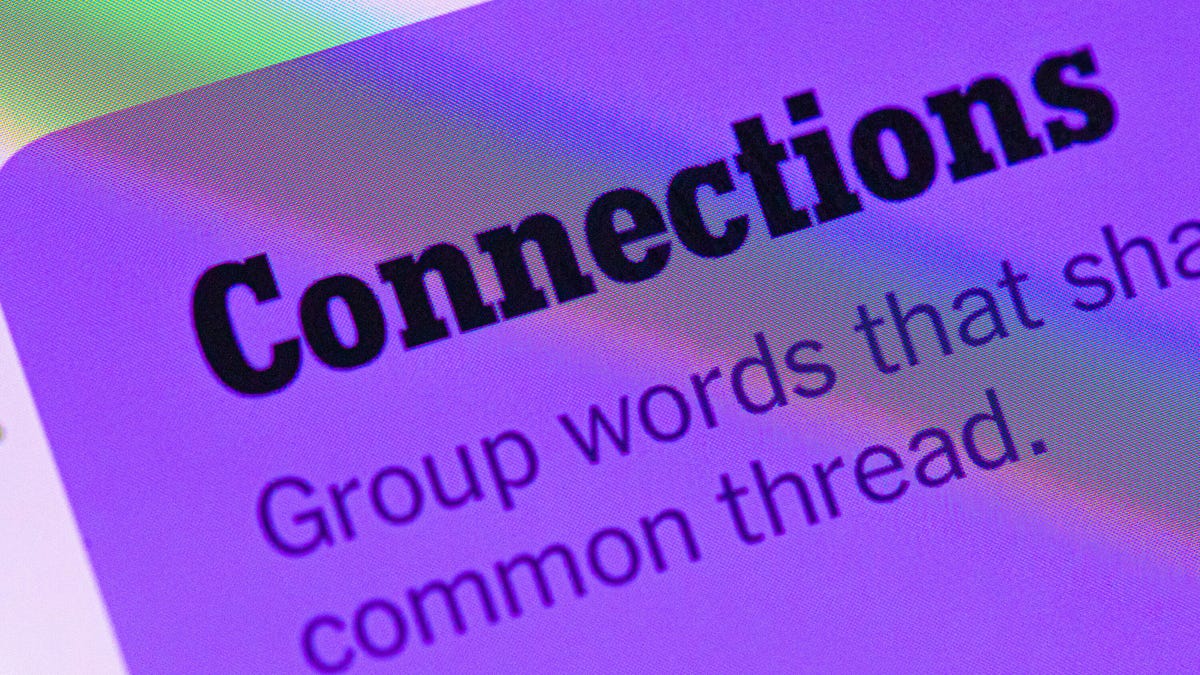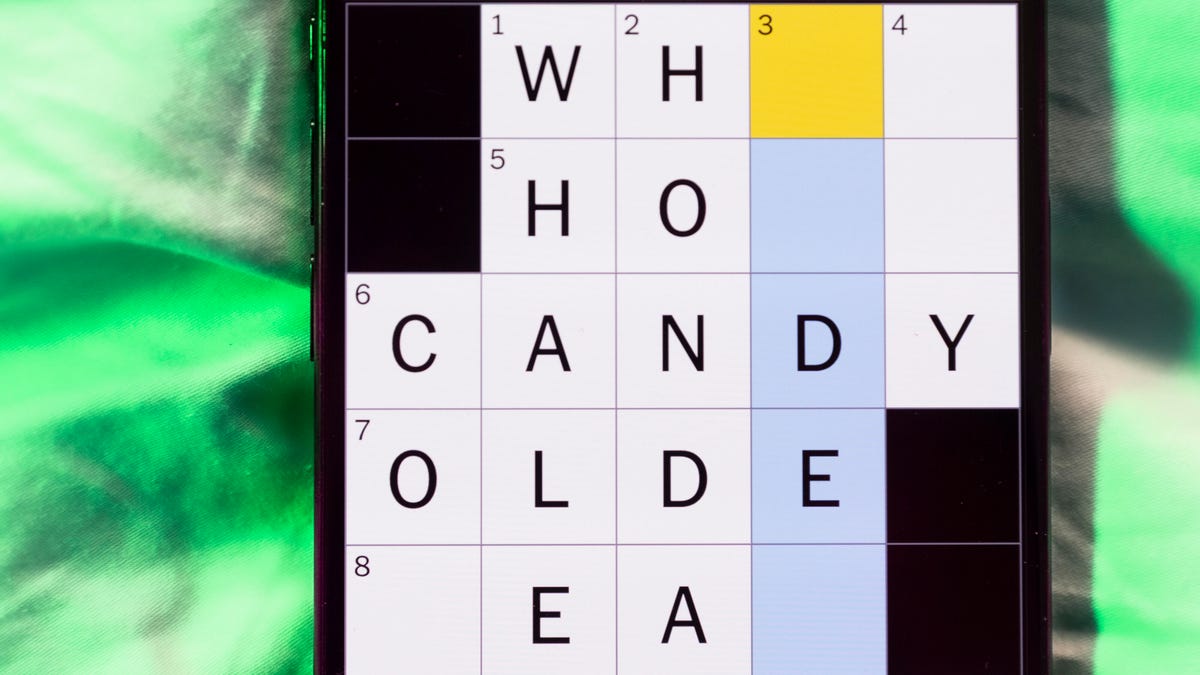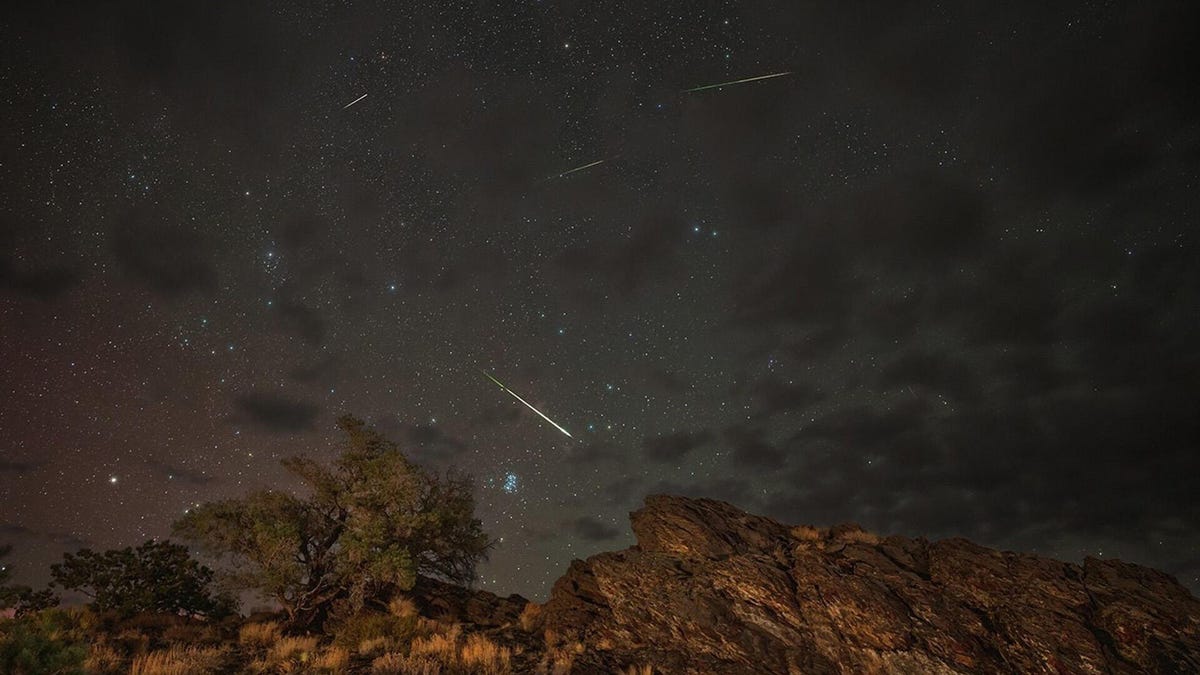Technologies
Video Chats From Space? T-Mobile’s Service Broadens What Apps Can Do Over Satellite
T-Satellite, T-Mobile’s Starlink-based satellite communications, now supports video and audio calls in some apps when you don’t have cellular coverage.

When T-Mobile took its T-Satellite service live during the summer, it teased the ability for developers to adapt their apps to work within the strict data limits required over satellite connections. Then, several apps were able to jump the gun and start working with the Starlink-based service at the launches of the Pixel 10 Pro and the iPhone 17. Now T-Satellite is open to any app configured to work with the network — with a few surprises I didn’t think we’d see so early.
Get ready to video chat with your friends from the middle of nowhere… Or prepare to be trapped by your friends who want to video chat no matter where you are.
Don’t miss any of our unbiased tech content and lab-based reviews. Add CNET as a preferred Google source.
T-Satellite breaks some Earth-bound limitations
T-Mobile isn’t the first company to connect a smartphone to a satellite network. Recent iPhone, Samsung Galaxy and Google Pixel models equipped with the proper hardware can talk to satellites when out of cellular range to access emergency services, text using the Messages app and send a location via Find My. But those are primarily based on sending short bursts of data, which is essential when communicating line-of-sight with satellites that are thousands of miles overhead and limited in their bandwidth capacities.
T-Satellite accesses a network of 657 Starlink satellites dedicated to cellular service using a band of cellular spectrum that works with most phones made during the last four years, according to T-Mobile. The company has also offered the service to customers of other providers for $10 a month. It shares the same text-centric limitations as the other companies, with the added ability to send and receive images using Multimedia Messaging Service.
With today’s announcement, T-Mobile is setting some of those limitations aside. In the WhatsApp app, for example, you can send texts, images, voice memos and video messages, which still fit (barely?) within the send-small-bursts-of-data model. WhatsApp now also supports live audio and video chats to other people using WhatsApp, but you can’t use it to make phone calls, emergency calls or texts.
Another example is the X app (formerly Twitter), which lets you scroll your feed and post text, photos, GIFs or videos. It also has the option to download high-resolution media when you need more detail.
Launching app data access
According to Jeff Giard, vice president of strategic partnerships at T-Mobile, getting to this point was largely due to customer feedback during the lengthy T-Satellite beta period while the Starlink constellation was still being completed. «We started seeing [customer feedback] start to shift to ‘Hey, this is awesome. I want more,'» he said. «So we started focusing on how do we enable great experiences on apps in an environment where it’s not our blazing-fast terrestrial network?»
Because T-Satellite is based on the LTE cellular standard, sending video and high-res images became a matter of maximizing the use of the spectrum and optimizing for better data transmission, said Giard.
During the beta period, there was some initial confusion about the network’s capabilities. «‘Oh my gosh, I get broadband Starlink on my phone now,’ [some customers believed] and it’s really not the case,» he said. «This is an entirely separate constellation of satellites that’s dedicated to … working on your phone.»
He also attributed the new capabilities to Apple and Google’s work at the operating system level, emphasizing that developers can tie into existing Application Program Interfaces, or APIs, to make their apps work with T-Satellite.
Importantly, Giard said that T-Mobile is not imposing any data caps or network throttling for T-Satellite customers who make heavy use of the service. «I don’t want to take anything off the table at this point,» he said, «but right now, what we’re launching [today] doesn’t have a data cap.»
In addition to built-in apps such as Apple Maps, Google Maps, Apple Music and Samsung Weather, that were added in September, T-Mobile announced the following list of apps that are working with T-Satellite: T-Life, AllTrails, AccuWeather, CalTopo and onX (plus X and WhatsApp).
As for which apps get optimized next for T-Satellite, Giard says he’s looking forward to what developers and customers start asking for. «Our driving mantra here is … what are we doing next? What pain point are we solving?» he said. The apps coming next «will be the ones that the customers tell us they really want, and [others that] are organically adopted along the way.»
Technologies
Today’s NYT Connections Hints, Answers and Help for Dec. 24, #927
Here are some hints and the answers for the NYT Connections puzzle for Dec. 24 #927

Looking for the most recent Connections answers? Click here for today’s Connections hints, as well as our daily answers and hints for The New York Times Mini Crossword, Wordle, Connections: Sports Edition and Strands puzzles.
Today’s NYT Connections puzzle is kind of tough. Ooh, that purple category! Once again, you’ll need to look inside words for hidden words. Read on for clues and today’s Connections answers.
The Times has a Connections Bot, like the one for Wordle. Go there after you play to receive a numeric score and to have the program analyze your answers. Players who are registered with the Times Games section can now nerd out by following their progress, including the number of puzzles completed, win rate, number of times they nabbed a perfect score and their win streak.
Read more: Hints, Tips and Strategies to Help You Win at NYT Connections Every Time
Hints for today’s Connections groups
Here are four hints for the groupings in today’s Connections puzzle, ranked from the easiest yellow group to the tough (and sometimes bizarre) purple group.
Yellow group hint: Cash out.
Green group hint: Chomp
Blue group hint: Walleye and salmon.
Purple group hint: Make a musical sound, with a twist.
Answers for today’s Connections groups
Yellow group: Slang for money.
Green group: Masticate.
Blue group: Fish.
Purple group: Ways to vocalize musically plus a letter.
Read more: Wordle Cheat Sheet: Here Are the Most Popular Letters Used in English Words
What are today’s Connections answers?
The yellow words in today’s Connections
The theme is slang for money. The four answers are bacon, bread, cheese and paper.
The green words in today’s Connections
The theme is masticate. The four answers are bite, champ, chew and munch.
The blue words in today’s Connections
The theme is fish. The four answers are char, pollock, sole and tang.
The purple words in today’s Connections
The theme is ways to vocalize musically plus a letter. The four answers are hump (hum), rapt (rap), singe (sing) and whistler (whistle).
Don’t miss any of our unbiased tech content and lab-based reviews. Add CNET as a preferred Google source.
Toughest Connections puzzles
We’ve made a note of some of the toughest Connections puzzles so far. Maybe they’ll help you see patterns in future puzzles.
#5: Included «things you can set,» such as mood, record, table and volleyball.
#4: Included «one in a dozen,» such as egg, juror, month and rose.
#3: Included «streets on screen,» such as Elm, Fear, Jump and Sesame.
#2: Included «power ___» such as nap, plant, Ranger and trip.
#1: Included «things that can run,» such as candidate, faucet, mascara and nose.
Technologies
Today’s NYT Mini Crossword Answers for Wednesday, Dec. 24
Here are the answers for The New York Times Mini Crossword for Dec. 24.

Looking for the most recent Mini Crossword answer? Click here for today’s Mini Crossword hints, as well as our daily answers and hints for The New York Times Wordle, Strands, Connections and Connections: Sports Edition puzzles.
Need some help with today’s Mini Crossword? I’m Irish-American, but yet 6-Down, which involves Ireland, stumped me at first. Read on for all the answers.. And if you could use some hints and guidance for daily solving, check out our Mini Crossword tips.
If you’re looking for today’s Wordle, Connections, Connections: Sports Edition and Strands answers, you can visit CNET’s NYT puzzle hints page.
Read more: Tips and Tricks for Solving The New York Times Mini Crossword
Let’s get to those Mini Crossword clues and answers.
Mini across clues and answers
1A clue: Wordle or Boggle
Answer: GAME
5A clue: Big Newton
Answer: ISAAC
7A clue: Specialized vocabulary
Answer: LINGO
8A clue: «See you in a bit!»
Answer: LATER
9A clue: Tone of many internet comments
Answer: SNARK
Mini down clues and answers
1D clue: Sharks use them to breathe
Answer: GILLS
2D clue: From Singapore or South Korea, say
Answer: ASIAN
3D clue: Large ocean ray
Answer: MANTA
4D clue: ___ beaver
Answer: EAGER
6D clue: Second-largest city in the Republic of Ireland, after Dublin
Answer: CORK
Don’t miss any of our unbiased tech content and lab-based reviews. Add CNET as a preferred Google source.
Technologies
Quadrantids Is a Short but Sweet Meteor Shower Just After New Year’s. How to See It
This meteor shower has one of the most active peaks, but it doesn’t last for very long.

The Quadrantids has the potential to be one of the most active meteor showers of the year, and skygazers won’t have long to wait to see it. The annual shower is predicted to reach maximum intensity on Jan. 3. And with a display that can rival Perseids, Quadrantids could be worth braving the cold to see it.
Don’t miss any of our unbiased tech content and lab-based reviews. Add CNET as a preferred Google source.
The show officially begins on Dec. 28 and lasts until Jan. 12, according to the American Meteor Society. Quadrantids is scheduled to peak on Jan. 2-3, when it may produce upwards of 125 meteors per hour. This matches Perseids and other larger meteor showers on a per-hour rate, but Quadrantids also has one of the shortest peaks at just 6 hours, so it rarely produces as many meteors overall as the other big ones.
The meteor shower comes to Earth courtesy of the 2003 EH1 asteroid, which is notable because most meteor showers are fed from comets, not asteroids. Per NASA, 2003 EH1 is a near-Earth asteroid that orbits the sun once every five and a half years. Science posits that 2003 EH1 was a comet in a past life, but too many trips around the sun stripped it of its ice, leaving only its rocky core. The Earth runs through EH1’s orbital debris every January, which results in the Quadrantids meteor shower.
How and where to see Quadrantids
Quadrantids is named for the constellation where its meteors appear to originate, a point known as the radiant. This presents another oddity, as the shower originates from the constellation Quadrans Muralis. This constellation ceased to be recognized as an official constellation in the 1920s and isn’t available on most publicly accessible sky maps.
For the modern skygazer, you’ll instead need to find the Bootes and Draco constellations, both of which contain stars that were once a part of the Quadrans Muralis. Draco will be easier to find after sunset on the evening of Jan. 2, and will be just above the horizon in the northern sky. Bootes orbits around Draco, but will remain under the horizon until just after 1 a.m. local time in the northeastern sky. From that point forward, both will sit in the northeastern part of the sky until sunrise. You’ll want to point your chair in that direction and stay there to see meteors.
As the American Meteor Society notes, Quadrantids has a short but active peak, lasting around 6 hours. The peak is expected to start around 4 p.m. ET and last well into the evening. NASA predicts the meteor shower to start one day later on Jan. 3-4, so if you don’t see any on the evening of Jan. 2, try again on Jan. 3.
To get the best results, the standard space viewing tips apply. You’ll want to get as far away from the city and suburbs as possible to reduce light pollution. Since it’ll be so cold outside, dress warmly and abstain from alcoholic beverages, as they can affect your body temperature. You won’t need any binoculars or telescopes, and the reduced field of view may actually impact your ability to see meteors.
The bad news is that either way, the Quadrantids meteor shower coincides almost perfectly with January’s Wolf Moon, which also happens to be a supermoon. This will introduce quite a lot of light pollution, which will likely drown out all but the brightest meteors. So, while it may have a peak of over 100 meteors per hour, both NASA and the AMS agree that the more realistic expectation is 10 or so bright meteors per hour.
-

 Technologies3 года ago
Technologies3 года agoTech Companies Need to Be Held Accountable for Security, Experts Say
-

 Technologies3 года ago
Technologies3 года agoBest Handheld Game Console in 2023
-

 Technologies3 года ago
Technologies3 года agoTighten Up Your VR Game With the Best Head Straps for Quest 2
-

 Technologies4 года ago
Technologies4 года agoBlack Friday 2021: The best deals on TVs, headphones, kitchenware, and more
-

 Technologies4 года ago
Technologies4 года agoVerum, Wickr and Threema: next generation secured messengers
-

 Technologies4 года ago
Technologies4 года agoGoogle to require vaccinations as Silicon Valley rethinks return-to-office policies
-

 Technologies4 года ago
Technologies4 года agoOlivia Harlan Dekker for Verum Messenger
-

 Technologies4 года ago
Technologies4 года agoiPhone 13 event: How to watch Apple’s big announcement tomorrow
